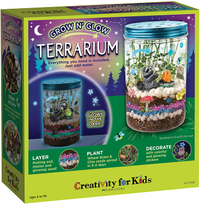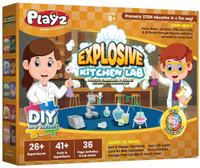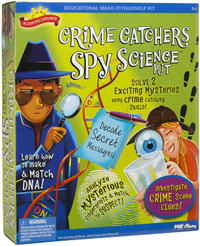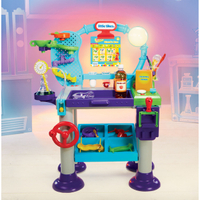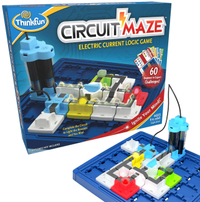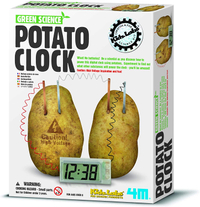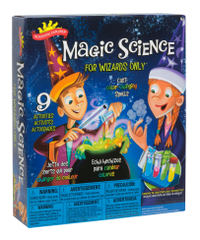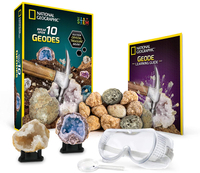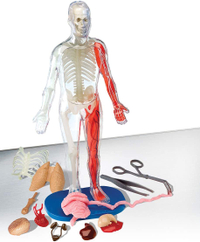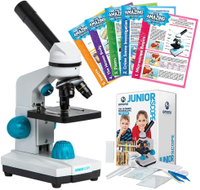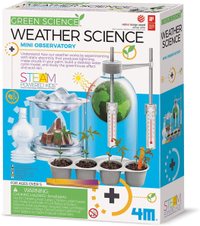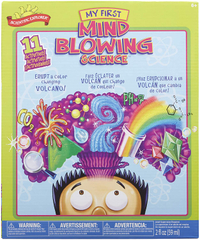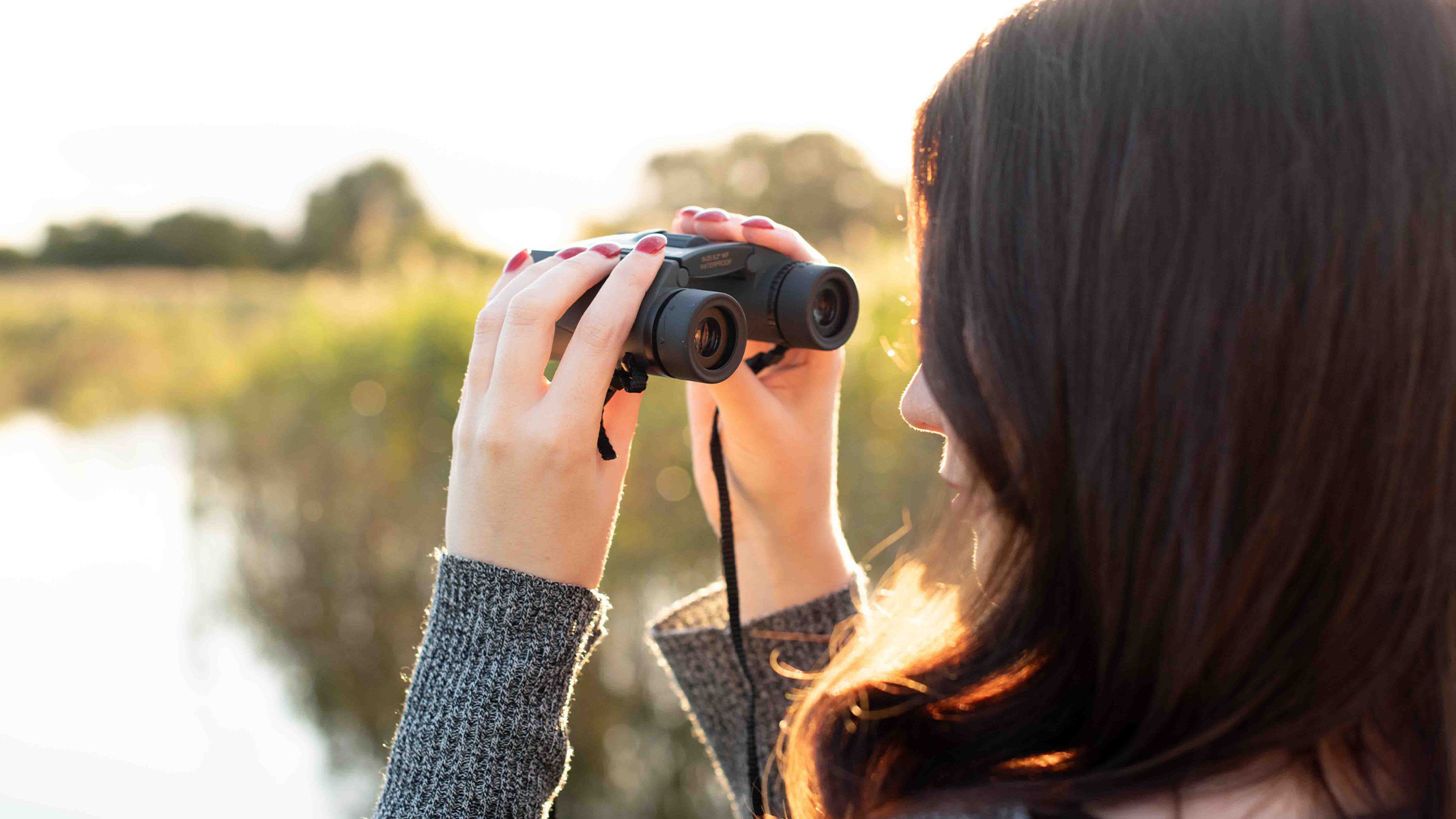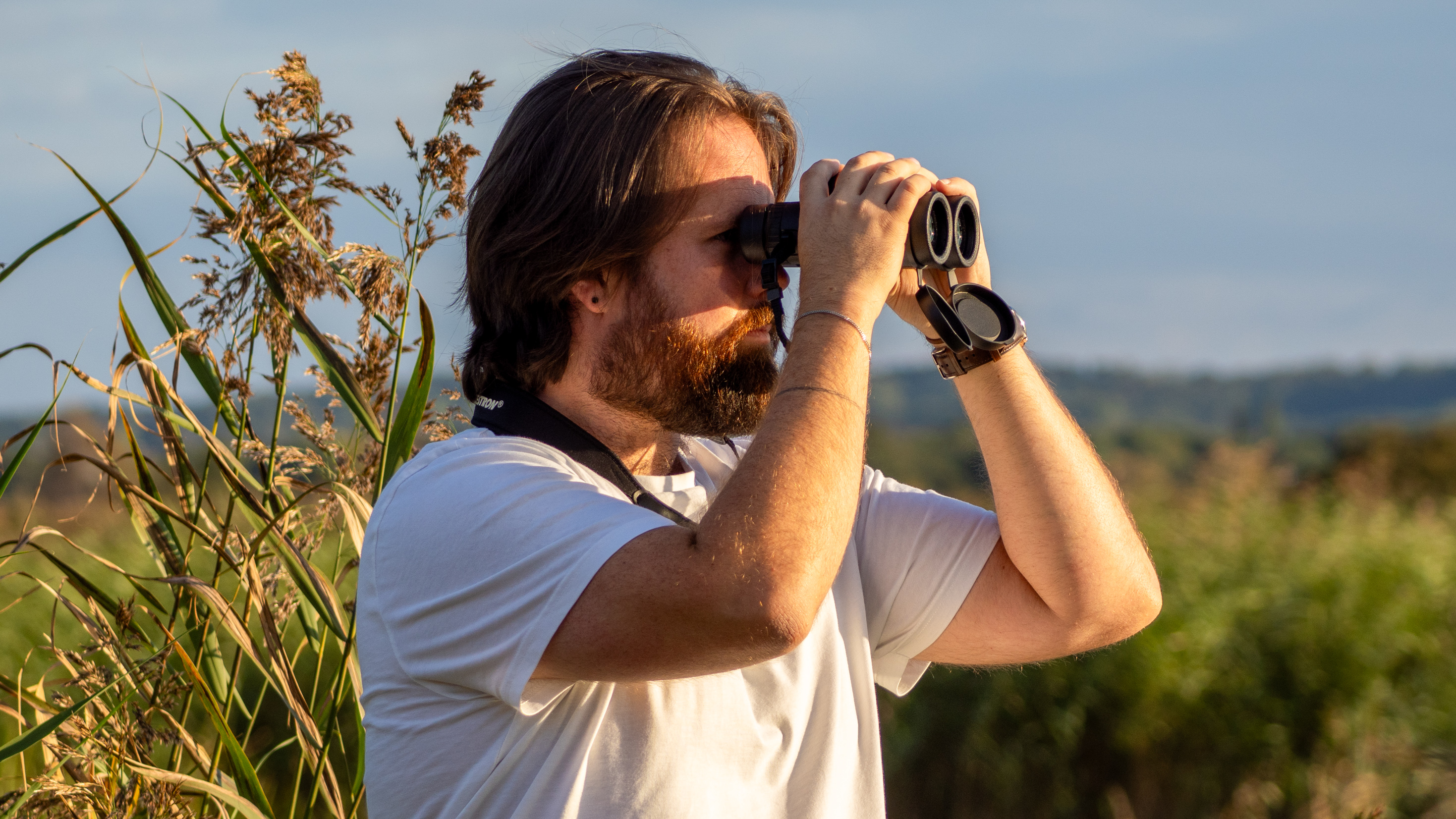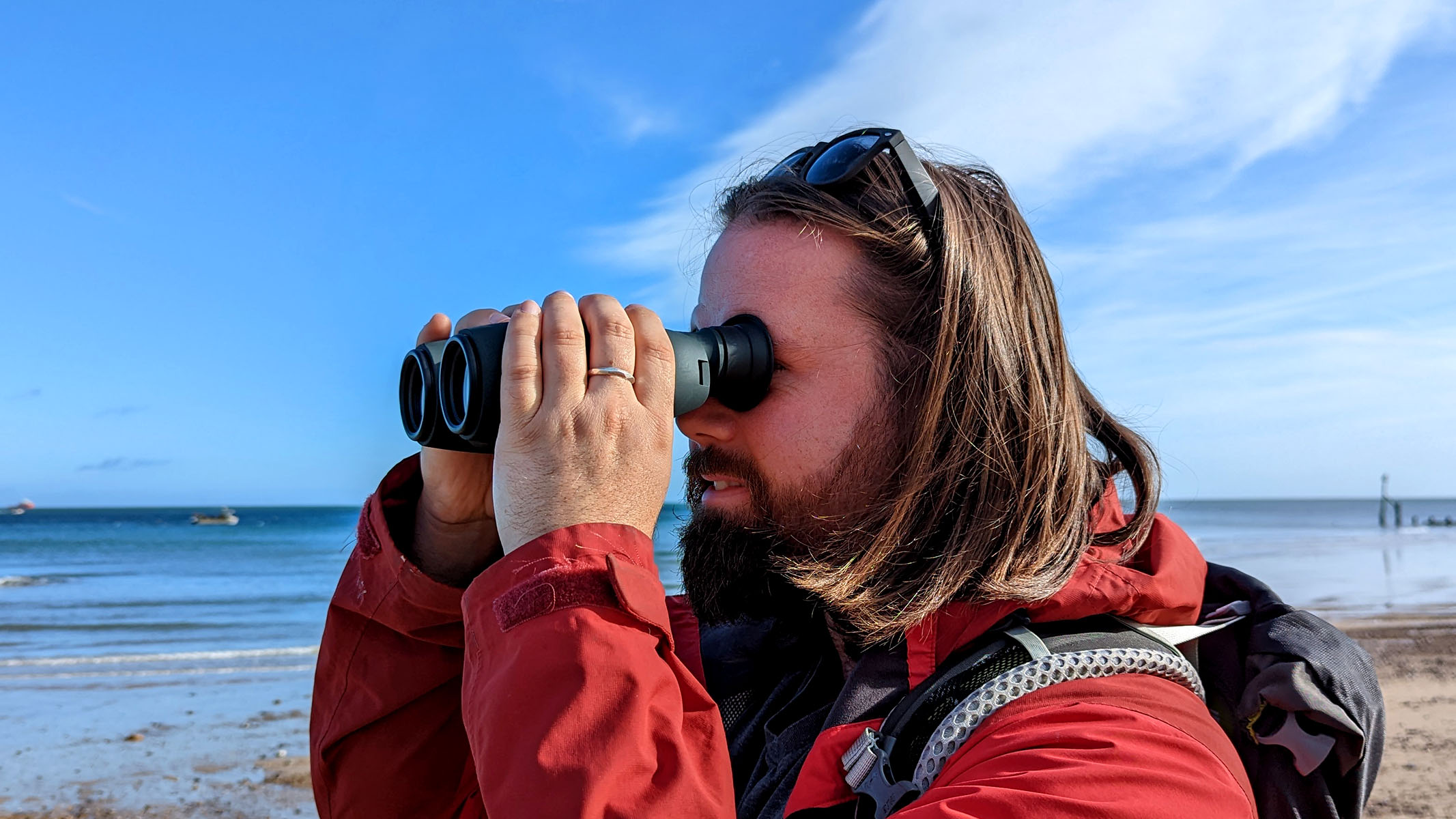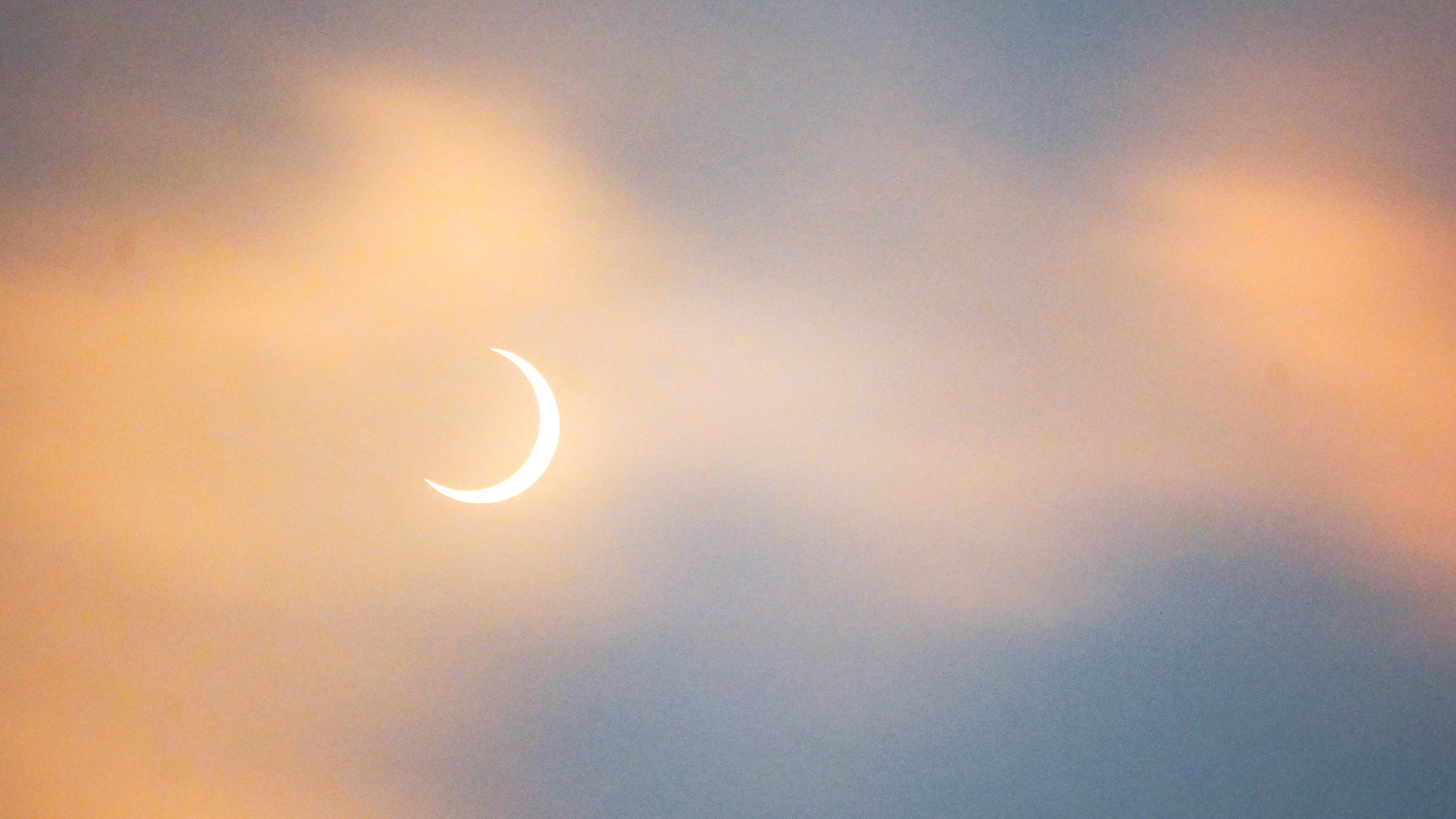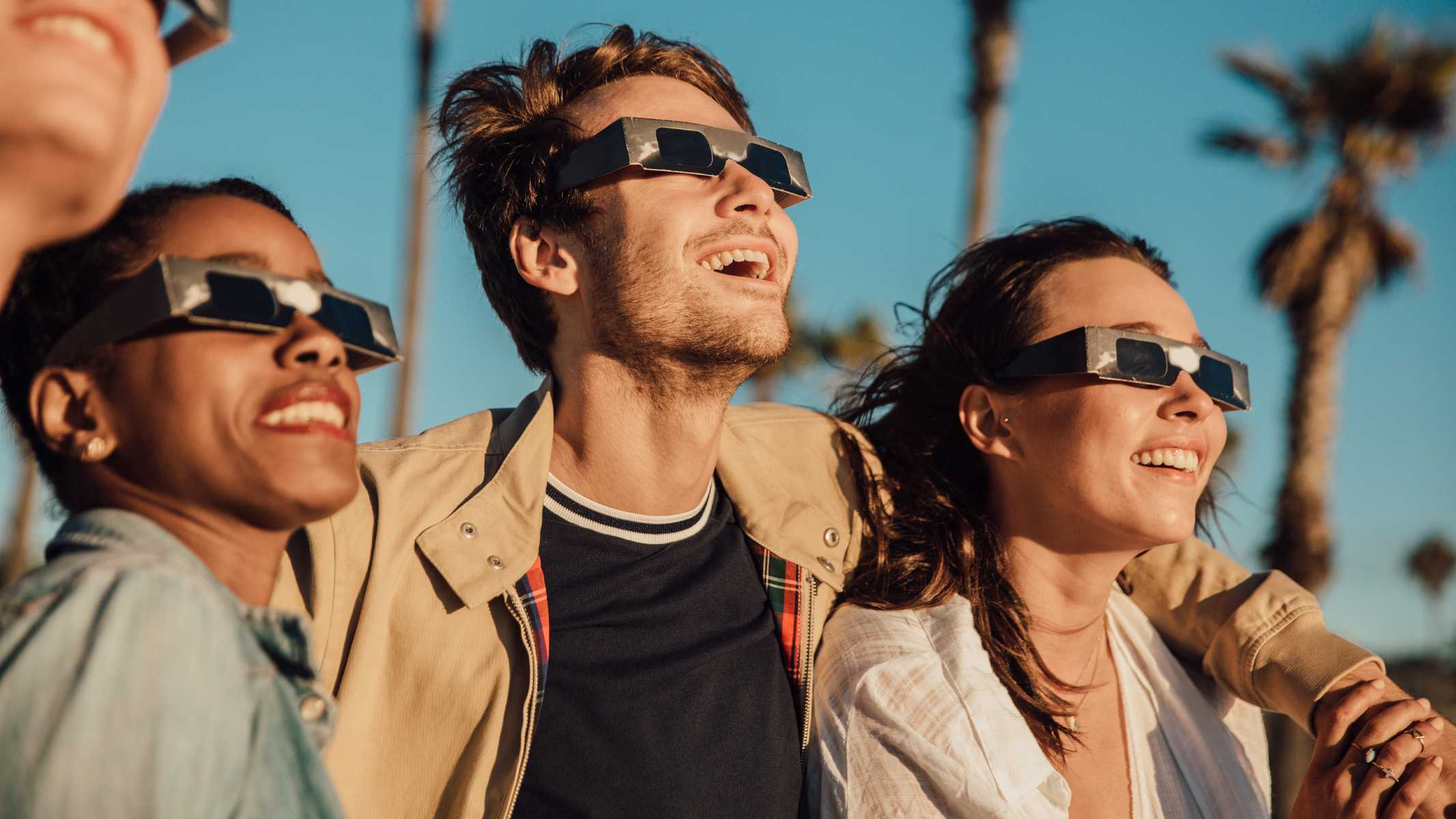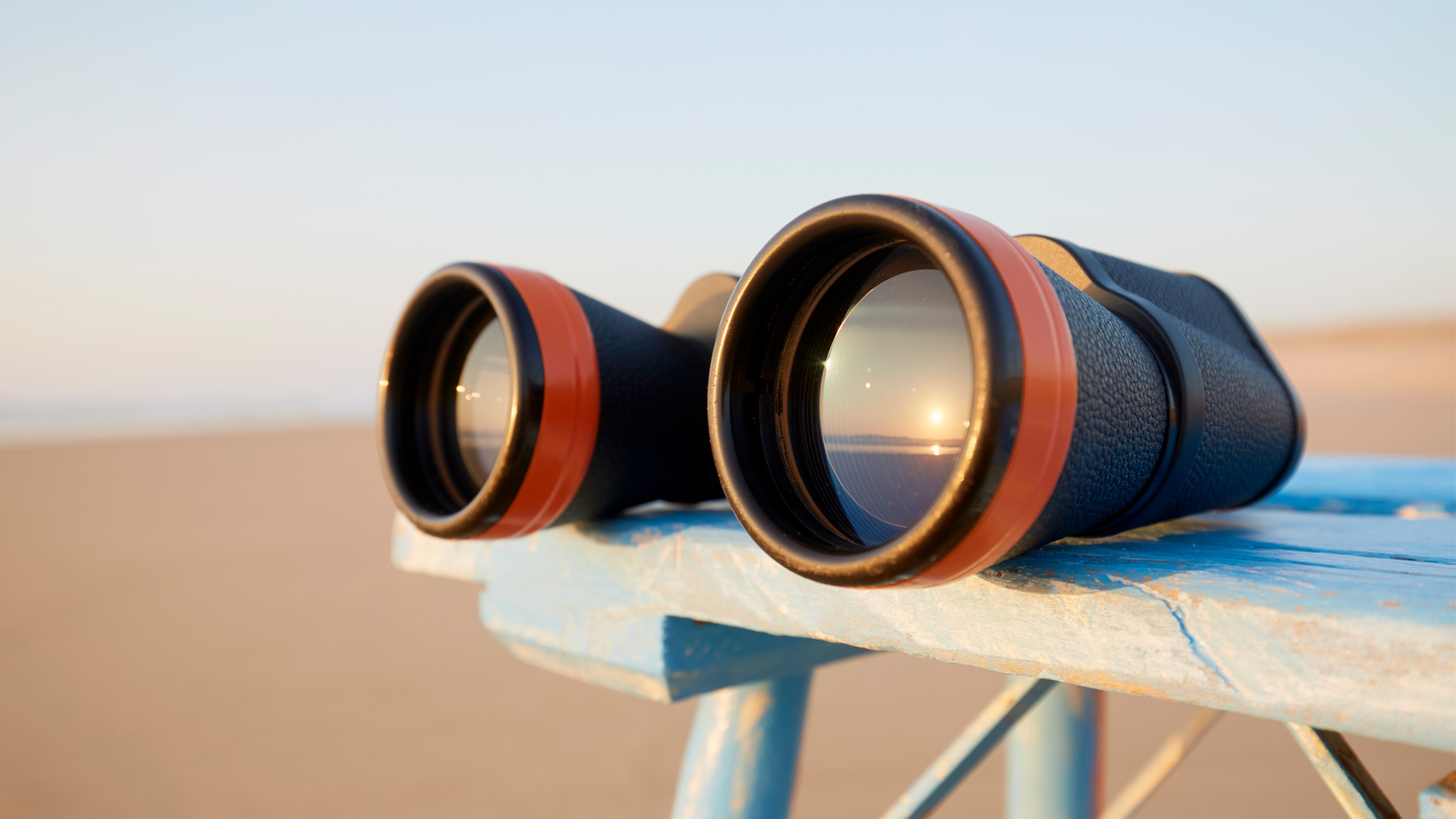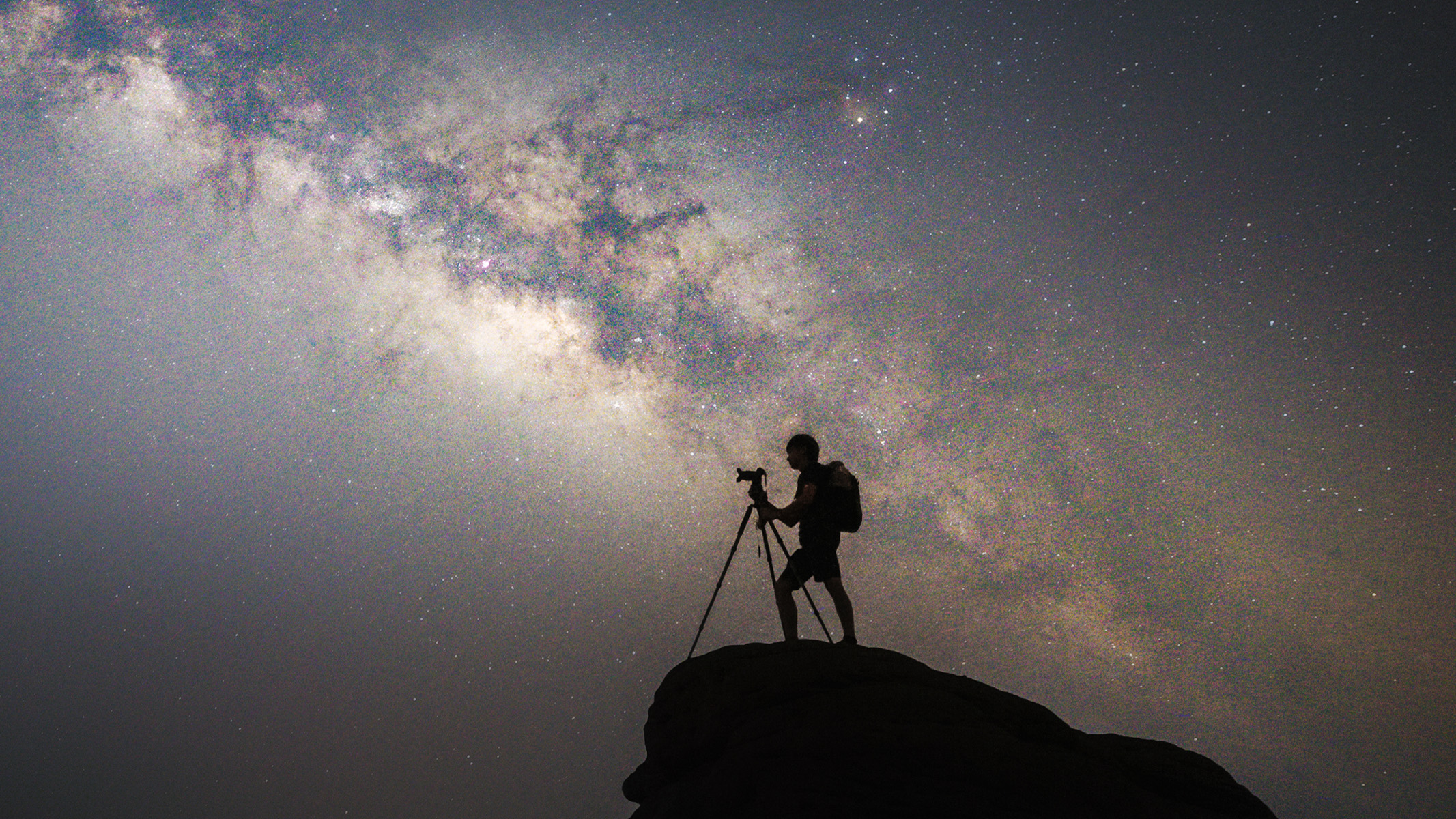The best science kit gifts for kids
Little scientists will have a bundle of fun with the best science kit gifts.

If you've got a little scientist on your hands, look no further for the best science kits gifts for kids.
Live Science has gathered a group of the most incredible science kits you can buy right now. Is your kid fascinated by the weather? There's a science kit for that. Do they want to know how plants grow? Get them a glow-in-the-dark terrarium. Are they always talking about squishy, gross guts? Maybe they'd like an anatomically accurate model of just where guts go in the human body and how they keep us alive.
For more science and educational toys for kids, check out our guide to the best STEM toys and the best coding toys for kids.
Grow 'N Glow Terrarium: $14.99 $11.69 at Amazon
Little plant lovers will be thrilled to grow their own wheatgrass and chia seeds with this colorful and fun Grow 'N Glow Terrarium. Kids can craft, plant and grow their own mini ecosystem. The kit includes everything your young botanist needs for two plant life cycles, with a plastic mason jar, potting mix, organic chia and wheatgrass seeds, and glow-in-the-dark forest figures (like a cute raccoon and a campfire).
Playz Explosive Kitchen Lab: $69.95 $39.95 at Amazon
Kids will have a ton of fun with the more than 26 explosive kitchen experiments in this box. All of these experiments can be made with common ingredients you can find in any kitchen. The kit teaches scientific principles about acids, bases, pH scale, DNA, electricity and diffusion using ingredients like lemon juice, salt, and pepper. In addition to ingredients and tools, this science kit, recommended for ages 8 and up, also includes a fact-filled colorful lab guide .
NOTE: The reviews on Amazon appear to be mostly fake, though other reviews of the set suggest it’s a solid science kit for kids.
Crime Catchers Spy Science Kit: $22.00 $15.99 at Amazon
Who doesn't want to be a spy? This Crime Catchers Spy Kit gets your kids one step closer while teaching them about how crime labs work as they match fingerprints, analyze DNA and test liquids and powders. Recommended for ages 8 and up.
STEM Jr. Wonder Lab: $131.46 at Walmart
Get your little scientists started early with Little Tikes' STEM Jr. Wonder Lab. This lab is meant for preschoolers (age 4 and up). It comes with 20 hands-on STEM experiments using common household ingredients like vinegar and baking soda. Kids will learn how twisting a switch to complete a circuit makes a bulb light up; they'll be able to practice engineering skills through a ball maze; and they can play more than 40 sounds to bring the wonder lab to life.
Circuit Maze: $29.99 at Amazon
Kids can set up their own circuits with ThinkFun's build-your-own circuit maze. The goal is to create real electrical circuits that light up designated beacons. Recommended for ages 8 and up, the kit provides 60 tricky challenge cards that depict the beginning of a path, then kids will have to choose where to add the next tokens in order to create a working circuit.
Green Science Potato Clock: $19.95 $13.99 at Amazon
Potato clocks are a classic science experiment for a reason. Your kids’ minds will be blown when they learn that a potato can make electricity (just like yours probably was). This Green Science potato clock kit, which is recommended for kids 8 and up, includes zinc and copper electrodes, which cause an oxidation/reduction reaction that converts to low voltage. Kids will have tons of fun trying to figure out what other ordinary objects can be turned into batteries.
Magic Science For Wizards Only: $15.29 at Walmart
Scientific Explorer's Magic Science kit is the perfect gift for kids who are actually wizards (it's for wizards only!). The "spells" included in this kit rely on chemical reactions to turn normal powders into a "fizzy frenzy" or to create color changing liquids. The kit includes four test tubes and chemicals like citric acid, baking soda, vegetable oil, cross-linked polyacrylate copolymer (for gel-like crystals), red cabbage powder, color tablets and zinc sulfide.
Break Open Geodes: $24.99 at Amazon
National Geographic’s Geode kits are an exploding good time for kids (and adults!) of all ages. This kit includes 10 high-quality crystal-filled geodes, a set of safety goggles, three display stands and a learning guide. Kids can use a hammer to break open the geodes, which look like normal rocks on the outside but are filled with beautiful, colorful crystals on the inside. Then, they can learn about how each crystal formed inside the rocks with the full-color learning guide.
Squishy Human Body Anatomy Kit: $24.99 at Target
If your kids have a fascination with guts, they’ll love this squishy anatomy lesson. SmartLab's human skeleton is filled with squishy, removable organs. Recommended for ages 8 and up, this kit includes a 12-inch clear plastic human body model, a stand, nine squishy organs, 12 plastic bones and muscles, forceps, tweezers, a body part "organ-izer" mat, instruction sheet, and 24-page illustrated anatomy book. Through tactical play, kids will learn how the human body works.
JuniorScope: $129.99 $89.00 at Amazon
Omano’s junior microscope is one of the best microscope-set options for kids ages 6 and up. Instead of the blurry plastic lenses that many microscopes made for kids use, JuniorScope uses premium-grade glass. The microscope can zoom in three magnification levels: 40x, 100x and 400x. With JuniorScope, you get both a low-power microscope great for looking at solid objects like leaves and insects and a high-power microscope that can zoom in on details like blood cells and bacteria.
Weather Science Kit: $12.99 at Amazon
If you have a budding meteorologist in your life, Green Science's Weather Science kit will get them off to a good start. This kit lets kids explore the water cycle and global warming, create clouds, experiment with acid rain, study the greenhouse effect and much more. The kit is recommended for kids 8 and up.
Mind Blowing Science Kit: $20.45 $14.97 at Walmart
If you're looking for a science kit that will teach your kids the basics, Scientific Explorer’s Mind Blowing Science Kit is the one you want. With this kit, children can test several scientific principles with awesome experiments like creating a sunset in a test tube and making a color-changing volcano. The kit includes everything you need to set up 11 experiments as well as a detailed instruction book so parents can answer questions about what’s happening in each experiment. Recommended for ages 5 to 11.
Anti-Gravity Magnetic Levitation Kit: $19.99 $16.77 at Amazon
Kidzlabs uses the force (magnetic force, that is) in this awesome science kit that teaches kids about the laws of physics. The Anti-Gravity Magnetic Levitation kit includes fun experiments in which budding physicists float a pencil, levitate a screw and build a maglev. Kids ages 8 and up will learn how magnetism works while they assemble seven different projects.
Sign up for the Live Science daily newsletter now
Get the world’s most fascinating discoveries delivered straight to your inbox.
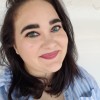
Kasandra Brabaw is a freelance science writer who covers space, health and psychology. She has a bachelor's degree in science and a bachelor's degree of arts from the University of Syracuse; she completed her master's of arts degree in journalism at Syracuse University in 2014. In addition to writing for Live Science and our sister site Space.com, Kasandra has written for Prevention, Women's Health, SELF and other health publications. She has also worked with academics to edit books written for popular audiences.
